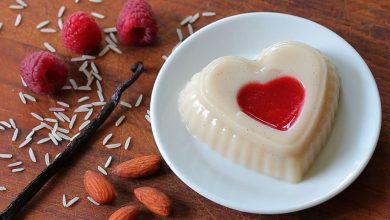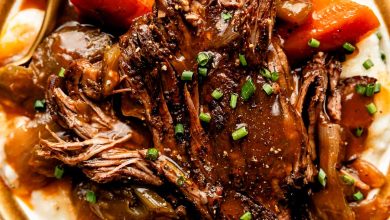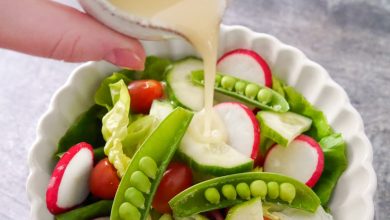Mung Bean Cellophane Noodles: Gluten-Free, Low-Calorie Asian Noodle Recipe
Chinese Cellophane Noodles (Mung Bean Noodles, Dehydrated)
Description:
Chinese cellophane noodles, also known as mung bean noodles or long rice, are thin, translucent noodles made from mung bean starch. These noodles are commonly used in Asian cuisine, particularly in stir-fries, soups, and spring rolls. When dried, they have a chewy texture that softens when soaked in warm water. These versatile noodles provide a mild base for absorbing the flavors of the ingredients and seasonings with which they are cooked.
Nutritional Information (Per 100g serving)
| Nutrient | Amount |
|---|---|
| Energy | 351 kcal |
| Protein | 0.16 g |
| Fat | 0.06 g |
| Saturated Fats | 0.017 g |
| Carbohydrates | 86.09 g |
| Fiber | 0.5 g |
| Sugar | 0.0 g |
| Calcium | 25.0 mg |
| Iron | 2.17 mg |
| Magnesium | 3.0 mg |
| Phosphorus | 32.0 mg |
| Potassium | 10.0 mg |
| Sodium | 10.0 mg |
| Zinc | 0.41 mg |
| Copper | 0.081 mcg |
| Manganese | 0.1 mg |
| Selenium | 7.9 mcg |
| Vitamin C | 0.0 mg |
| Thiamin (B1) | 0.15 mg |
| Riboflavin (B2) | 0.0 mg |
| Niacin (B3) | 0.2 mg |
| Vitamin B6 | 0.05 mg |
| Folate | 2.0 mcg |
| Vitamin B12 | 0.0 mcg |
| Vitamin A | 0.0 mcg |
| Vitamin E | 0.13 mg |
| Vitamin D2 | 0.0 mcg |
Allergen Information:
Chinese cellophane noodles made from mung beans are naturally gluten-free, making them an excellent alternative for those with gluten sensitivities. However, they may sometimes be processed in facilities that handle other allergens, so it is essential to check packaging for any cross-contamination warnings.
Dietary Preferences:
- Vegan
- Gluten-Free
- Low in Fat
- Low in Sugar
These noodles fit well into a variety of diets, including those focusing on plant-based eating, gluten-free options, and low-fat meals. They are an ideal choice for anyone looking to reduce their carbohydrate intake without compromising on texture or flavor in their dishes.
Preparation Tips:
To prepare Chinese cellophane noodles, simply soak them in warm water for about 10 to 15 minutes until they soften and become pliable. Once hydrated, they can be stir-fried, added to soups, or used in a variety of Asian-inspired recipes. For an enhanced flavor profile, consider marinating or seasoning the noodles with soy sauce, sesame oil, or chili paste before adding them to your dish.
Conclusion:
Chinese cellophane noodles (mung bean noodles) are a healthy, low-calorie option for creating a variety of dishes that cater to different dietary needs. Their ability to absorb flavors makes them incredibly versatile in the kitchen. Whether you’re preparing a light spring roll filling, a hearty noodle soup, or a vibrant stir-fry, these noodles offer a great base that won’t overpower your other ingredients.








